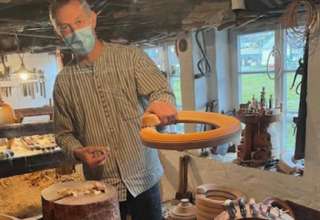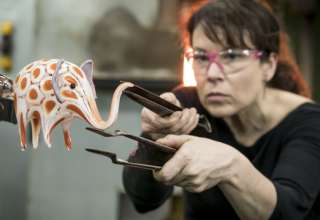In March 2020, as winter’s frost was dissipating and we were suddenly “in lockdown,”our eyes were squinting into the horizon, laser focused on a Great Summer Getaway. But that was pre-the-Corona-we’ve-lived-with–for-two-years. Suddenly, even trips to a neighboring town became aspirational; none of us ever dreamed we’d be trading passports and foreign ports for short hops to the garden or the balcony, in order to trick ourselves into thinking we had actually gone somewhere. Feeling less confined these days, two years later, friends have asked me for suggestions of easy-to-get-to destinations that would “feel foreign,” and I myself have been considering where to go when the going gets good, to find respite from the relentlessness of Covid-19 and the extruded time warp it has left in its wake.
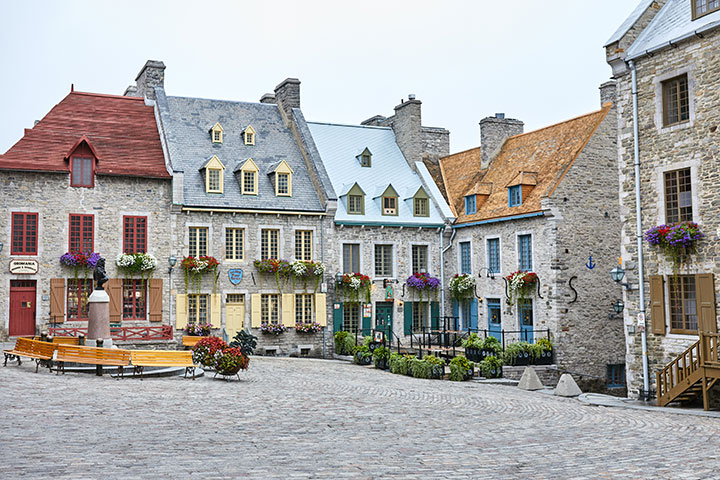
I’ve homed in on one answer to satisfy both the longed-for quest and the simple, practical request: Quebec City, which offers a distinctive change of scenery and feels foreign, indeed, and yet, is close at hand. For me and my confreres in Gotham, it’s an hour-and-a-half by plane or a day’s drive. (And you can turn that eight-hour drive into a two-day sojourn, adding some tempting New England pit stops along the route.)
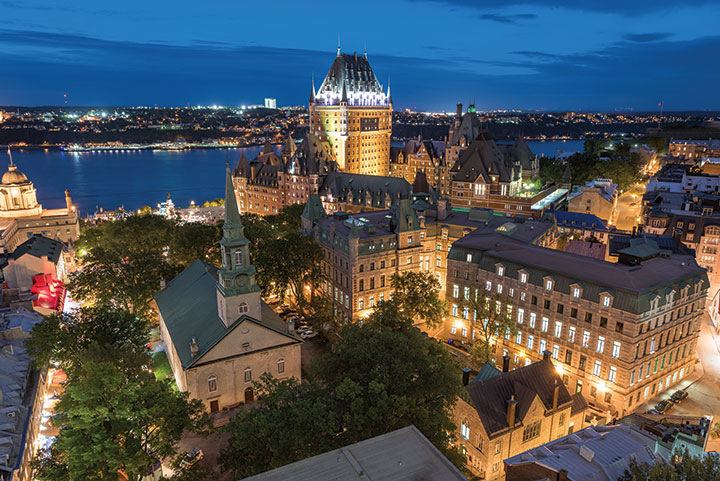
I made my first trip to Quebec City (population, just under 3.5 million) in 2019, and despite having been to many other destinations in Canada several times apiece, Quebec City had eluded me. And I can honestly say, shame on me. The city and its environs offer the sensation of a more “exotic” trip abroad, and yet, it is in our backyard—and everyone (and I mean everyone, including the bus boy clearing your restaurant table) is bi-lingual. There is much to see and do in this appealing town, not merely in the Old City (Vieux-Québec), which is a UNESCO World Heritage site (and the only walled city north of Mexico).
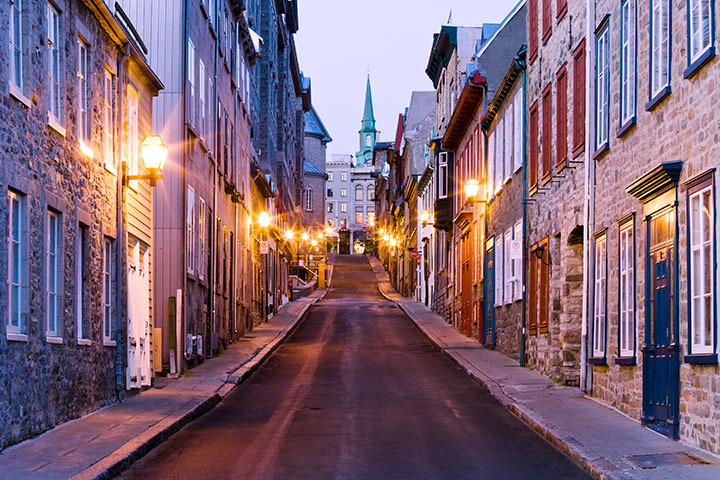
Founded in the early 17th century by the French explorer Champlain, it is also the only North American city with its ramparts preserved; its handsomely landscaped Citadelle, was an essential city armament, a necessity in yesteryear’s settlements—colonial outposts had to be extensively fortified. The Upper Town, perched on the hilly crest of the “highlands” of Cap Diamant, is home to many historic sites—churches, convents, monuments, and the imperial and historic Château Frontenac, a Fairmont Hotel. The Lower Town sprouted up around the atmospheric Place Royale and the harbor and it is punctuated by charming neighborhoods, European-flavored enclaves, cobbled alleyways, delightful boîtes, and tempting boutiques.
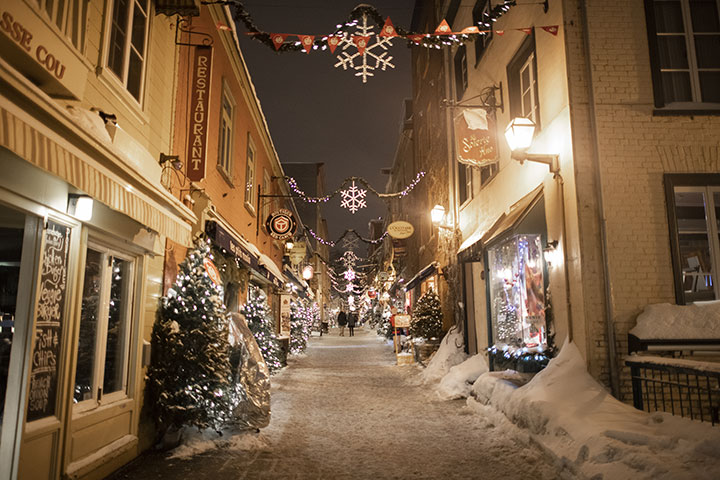
For me, the perfect place—both soothing and welcoming—to call home for a few nights is Le Monastère des Augustines, a former convent (there are still seven nuns in residence here), occupying the historic wings of the Hotel-Dieu de Québec monastery, founded in 1639. The three intrepid sisters who sallied forth from France to alight here and who established the first hospital on the continent (north of Mexico) were dedicated to healing the sick. In all, the Augustinian Sisters founded a dozen hospitals that are today part of Quebec’s public health care system.
The monastery, having been completely restored and renovated, provides a unique experience as a retreat-hotel focusing on holistic health. Its website states that it offers “a unique healing experience in the heart of Old Quebec,” and it is, indeed, a sanctum of culture, caring, and comfort. There are daily meditation walks; yoga and movement classes in disciples like Qi Gong; holistic health evaluations; aromatherapy; and spa-oriented treatments that focus on health and well-being, rather than on beauty-oriented indulgences. The facility is, indeed, dedicated to self-improvement and self-exploration. (There are also countless off-campus activities—should you feel the need to fly the coop, as it were—such as walking nature trails and hiking; biking in the gorgeous and vast Parc des Champs-de-Bataille; and even zip-lining is not too far away.)
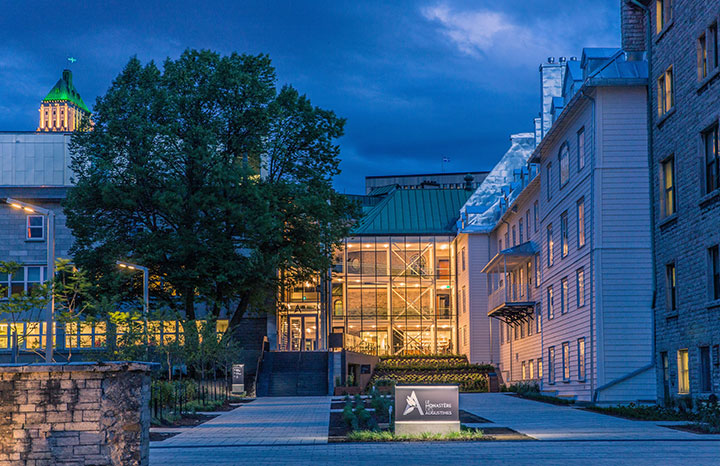
This gorgeous, serene retreat is comprised of older buildings, which were once a part of the footprint of the original monastery and twentieth-century additions; the new facilities are architecturally cunning, complementing the existing stone edifices with massive swathes of glass walls and walkways connecting the two sections. There is an inner courtyard providing greenery in a tranquil setting.
Who comes here? While most guests are from Canada—with a smattering from Europe—about 30 percent hail from south of the border, a number that will likely increase in the coming year. Solitary guests, couples, friends, and mother-daughter combos, all settle in for what is usually a two- or three-night stay. (True to its founding purpose, according to the wishes of the Augustinian sisters, Le Monastère also provides a respite to caregivers and health service workers.)
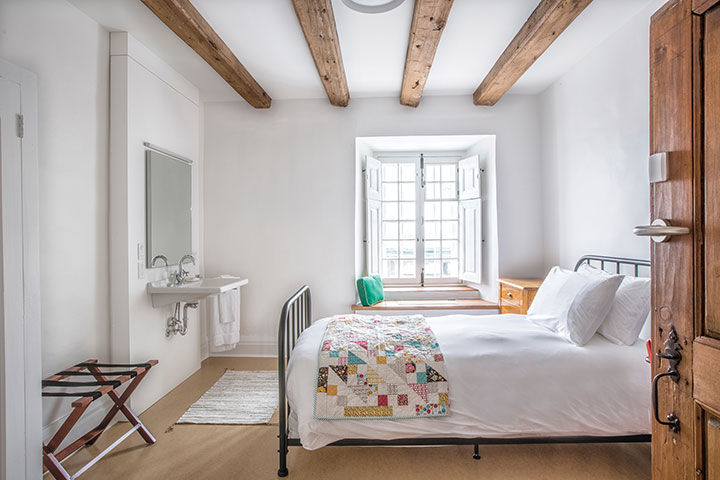
The hotel accommodations are of two types: “authentic” and “contemporary.” The former (33) are a slight variation on the original, monastic rooms occupied by the sisters. (An example of an original room is on view in the hotel corridor—as a museum exhibit—and is fascinating to see.) These rooms offer iron-work-framed beds, topped with handmade, patchwork quilts, stitched by locals, a sink/mirror, and cupboards for clothing. (Bathroom facilities are off the main hallways and are modern, well equipped and private.) The contemporary rooms (32) are a bit more modern, if a bit stark, but still comfy. There are en suite bathrooms, good storage space, and a desk. NB: no phones or televisions.
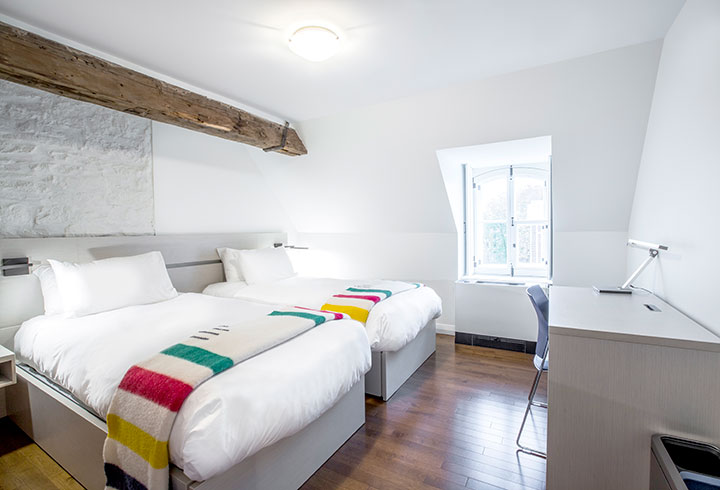
The history of the Augustinians is well chronicled throughout the monastery complex, which also features an extensive archive as well as displays that illustrate the evolution of medicine from about the 13th century onward. There are presentation cases of surgical tools and equipment, a vintage pharmacy chamber, and many exhibitions in armoires along the corridors; these feature artifacts that speak to the work the Sisters performed—including vitrines showcasing the paper flowers that they made to generate revenue.
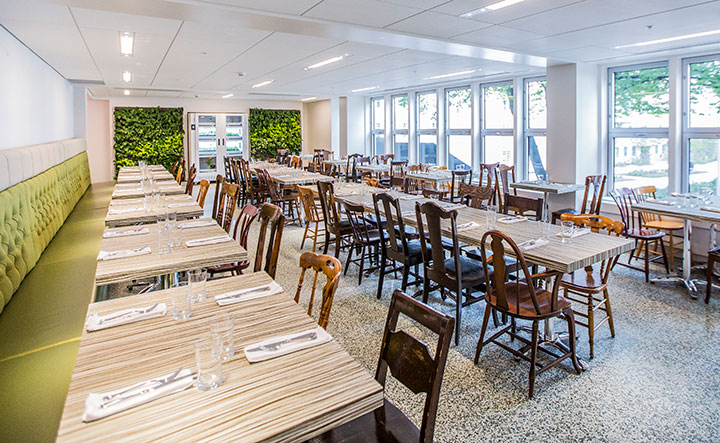
Also, to show off the structure of the original building and the juxtaposition of the new additions, you’ll find glass inserts in the floor that allow you to peek into the caves below. Similarly, there are vitrines that display the original keys to the monastery’s chambers. Tucked around many nooks are original pieces of furniture as well, all annotated as to origin, and perhaps, even the maker. An occasional statue of a Madonna with Child will pop up around a corner, in between the paintings of religious subject matter that punctuate the serenity of the whitewashed walls.
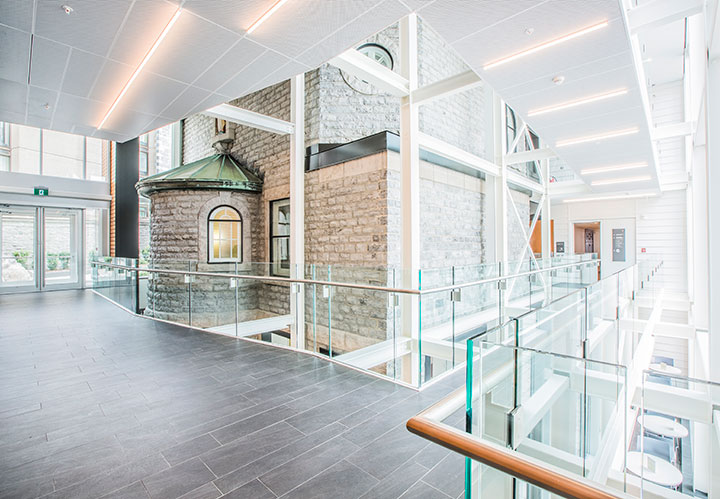
You will assuredly get a good rest here and be in a peaceful and healing environment for self-reflection; the day’s mood is set at breakfast, which is held in silence in the no-nonsense dining room with its dozens of mismatched chairs. A herb incubator unit houses hydroponically grown herbs and lettuces at one end of the room, and those fresh herbs contribute to the organic, healthy, and inventive cuisine designed by Chef Christophe Perny.
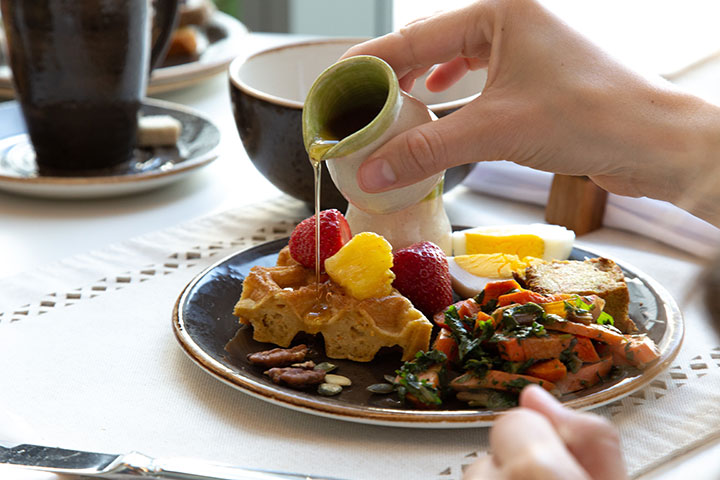
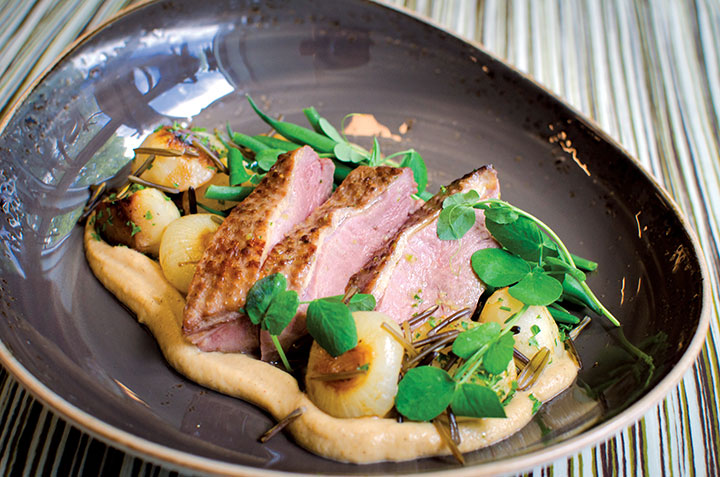
And if food is high on your list, you’ll not be disappointed in the city. I savored a few meals off-campus and would highly recommend L’Orygine, a popular, Old Town bistro with a focus on organic, creative cuisine, using ingredients from the province.
I would also recommend a trip to Le Grand Marché, Quebec’s gourmet food destination, featuring fresh-off-the-vine produce, seductive sweets, interesting teas, and a plethora of cheeses, meats, fish, chocolates, as well as a dining area. Take a stroll along Dufferin Terrace, a boardwalk-like promenade overlooking the St. Lawrence, and end with a trip down the hill on the funicular. Visit the Notre-Dame de Québec Basilica-Cathedral, the Place-Royale (the cradle of French civilization in North America), the Parc de la Cetière fresco, a fanciful trompe-l’oeil fresco that depicts 400 years of Quebec history, and the countless, interesting museums in the area.
You will not run out of things to do, should you seek a bit of activity away from the tranquility of Le Monastère. The city has usually enjoyed about 4.4 million tourists a year. Your visit will help keep that number steady and at the same time, you’ll find a bit of bliss here, as you delight in the “foreignness” just over the border.
Quebec-cite.com/en; monastere.ca/en
© 2022 Ruth J. Katz All Rights Reserved


